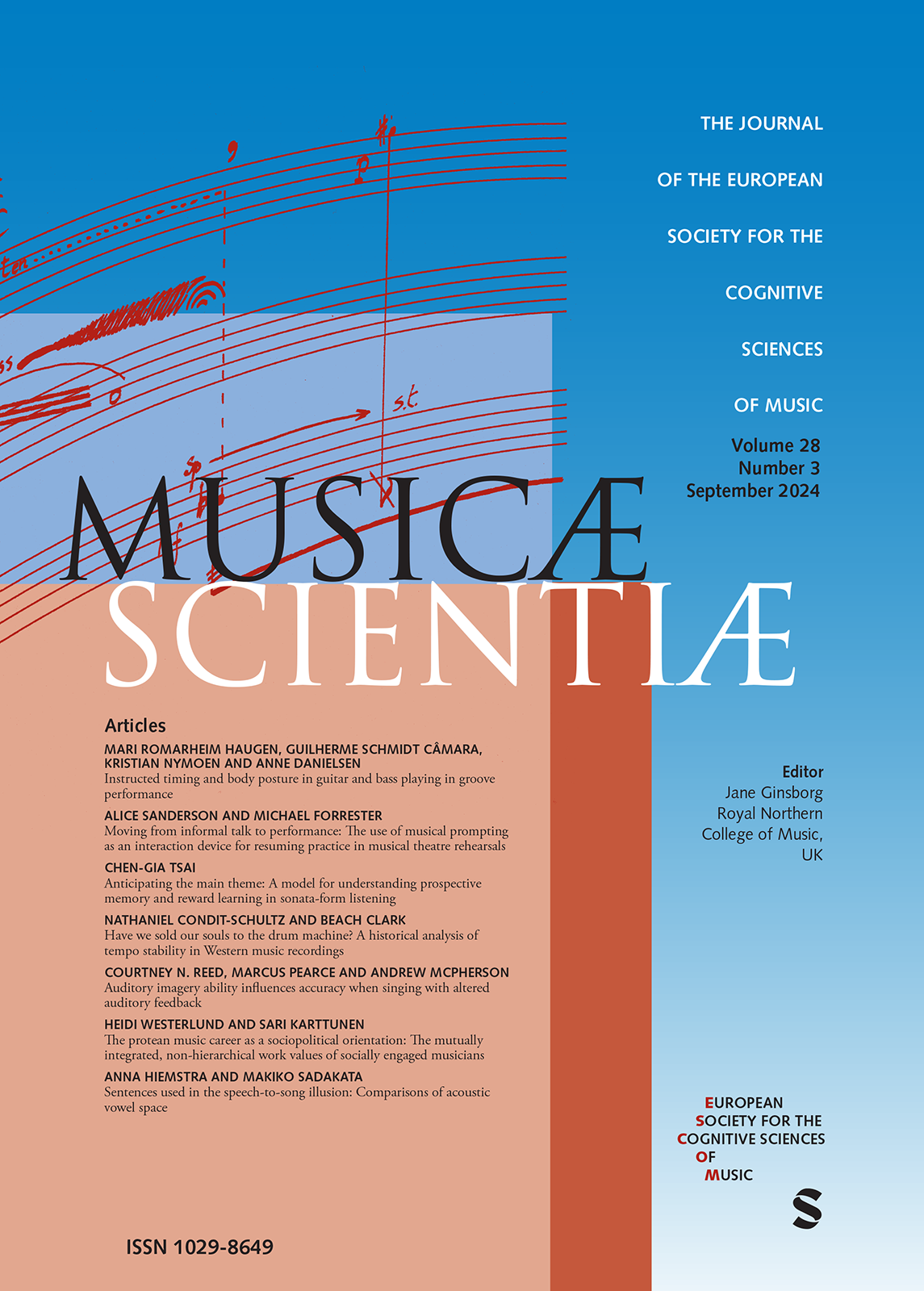
Percussionists have been shown to have superior temporal perception, but the underlying mechanisms for this advantage deserve further investigation. Dynamic Attending Theory, which posits the way attention aligns with rhythmic temporal structure, may explain why percussionists exhibit superior temporal perception. Percussionists may entrain more strongly to periodic stimuli than other musicians, and possibly at multiple hierarchical levels as opposed to only the tactus. To test these hypotheses, we asked a total of 41 musicians, 20 percussionists, and 21 wind players to complete a target detection task. Participants listened to periodic bursts of noise (priming bursts) and tried to detect target bursts of noise at different temporal positions, some in phase and some out of phase with the initial noises. Target-burst amplitudes were calibrated to be at each participant’s perceptual threshold. We analyzed the hit rates at the different temporal positions, as well as the Fourier transform of those hit rate curves. No discernible difference between groups was found in the time domain, but in the frequency domain the percussionist group showed stronger fluctuation at a frequency that matched the priming bursts, but not at other hierarchical levels (specifically, double that frequency). Our findings help explain percussionists’ perceptual advantages, although questions about entrainment at different hierarchical levels deserve further consideration.

